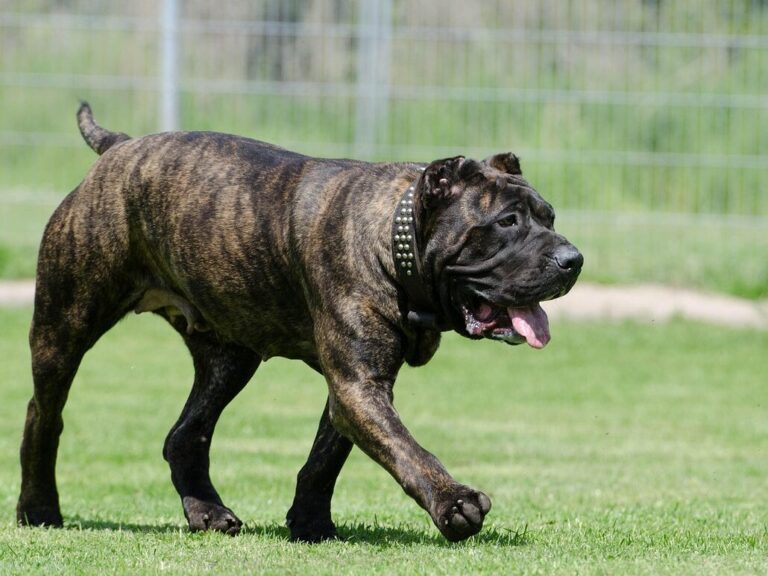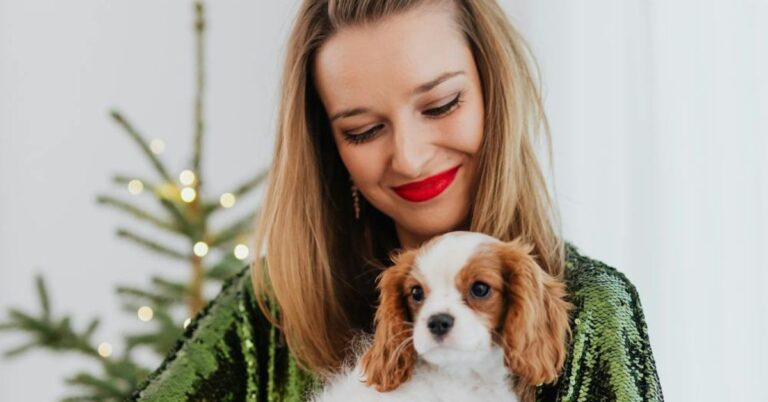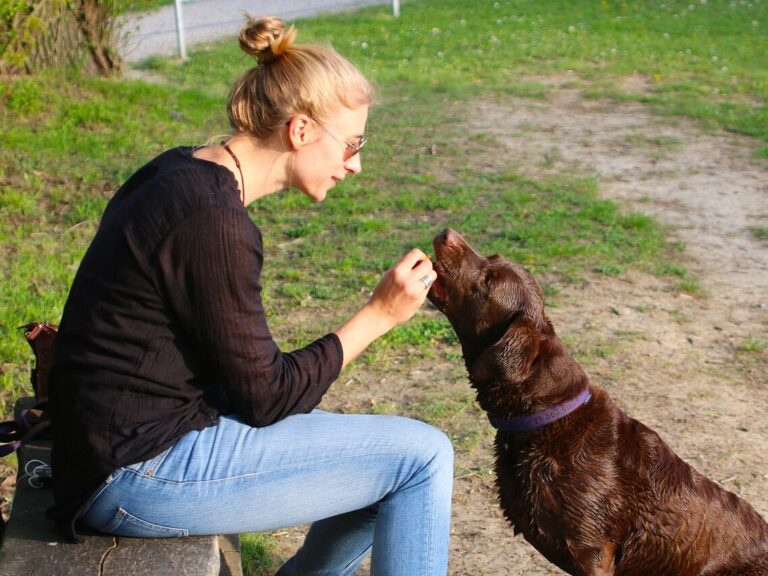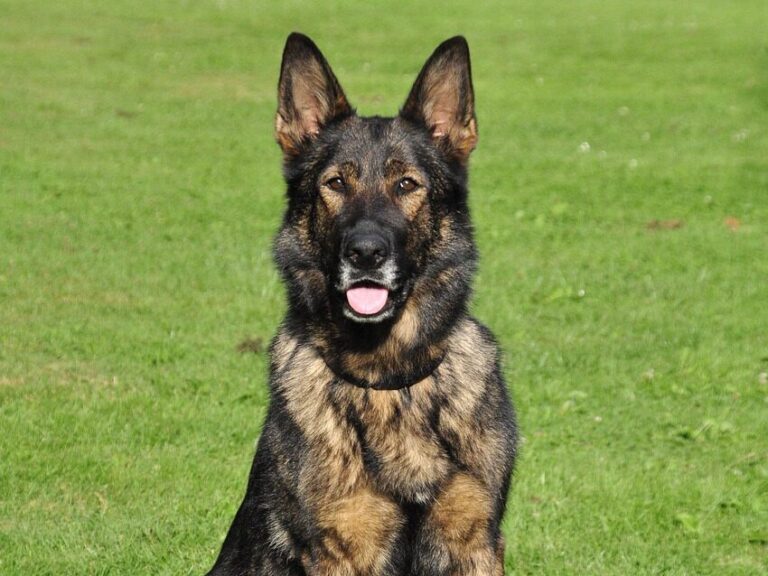The 15 Smelliest Dog Breeds

Every dog has its day—and for some, that day might include a little extra funk. While all dogs can get smelly without proper care, certain breeds are known to have more distinctive odors. Whether it’s due to oily skin, wrinkles, or other factors, these breeds require a bit more attention to stay fresh. Let’s explore the 15 smelliest dog breeds and the reasons behind their potent aromas.
Basset Hound
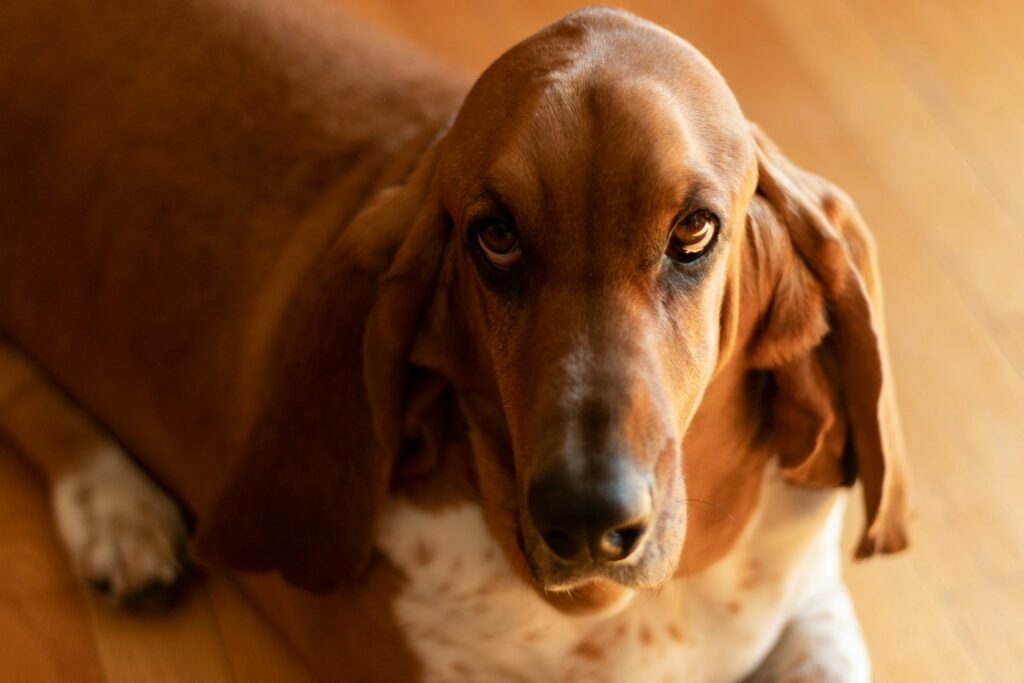
Most know Basset Hounds for their keen sense of smell and distinct scent. Their loose, oily skin naturally produces more oils than other breeds, resulting in a persistent odor. The long, floppy ears, which are prone to infections if not cleaned regularly, can harbor bacteria and add to the stench. Frequent baths and ear cleanings are essential for keeping a Basset Hound smelling as pleasant as possible.
Labrador Retriever
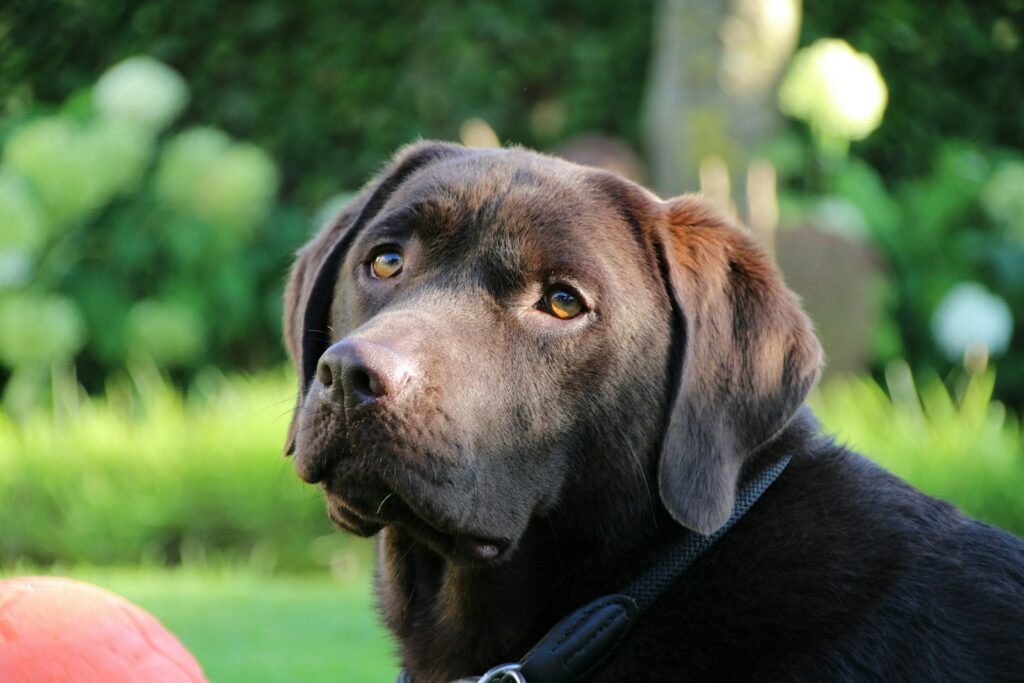
Labrador Retrievers are popular for their love of water, but this same trait contributes to their odor. Their double coat is dense and water-resistant, trapping moisture and oils that can lead to that unmistakable “wet dog” smell. Without regular grooming and drying, Labs can start to carry a strong scent. Regular baths and brushing help manage this, but their love of swimming often makes the odor a recurring issue.
Cocker Spaniel
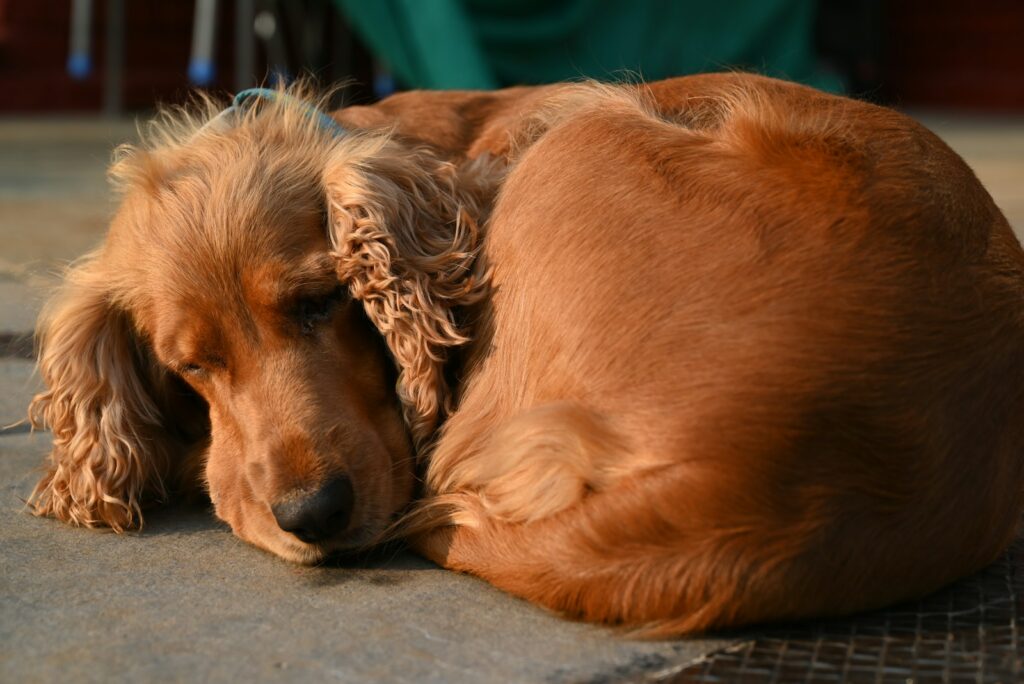
American and English Cocker Spaniels are prone to various skin conditions and infections, particularly around their ears and coat. Their long, wavy fur can trap dirt and moisture, leading to a build-up of oils that cause odor. Additionally, their floppy ears are a breeding ground for infections if not properly cleaned. This combination makes the Cocker Spaniel one of the smellier breeds unless maintained with frequent grooming.
Beagle
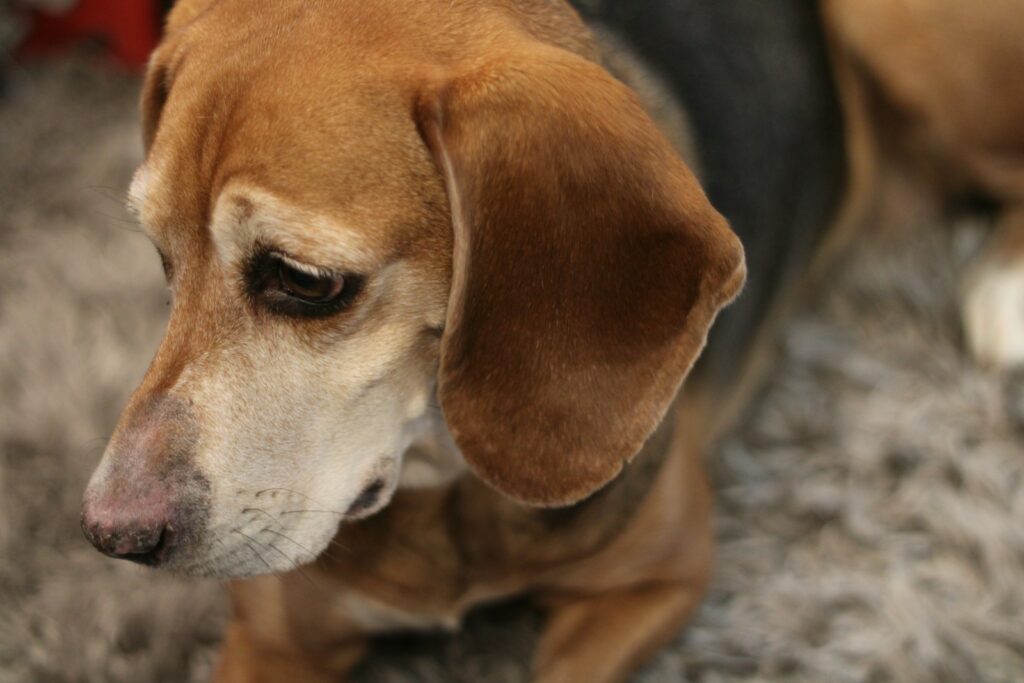
Beagles were bred as hunting dogs, and part of their history includes a natural musk that helped packs find each other during hunts. This scent is still present in modern Beagles, especially in their oily coats. Their floppy ears also require regular cleaning to avoid infections, which can worsen their natural odor. While Beagles are beloved for their friendly nature, their distinct scent is something owners must manage.
Bulldog
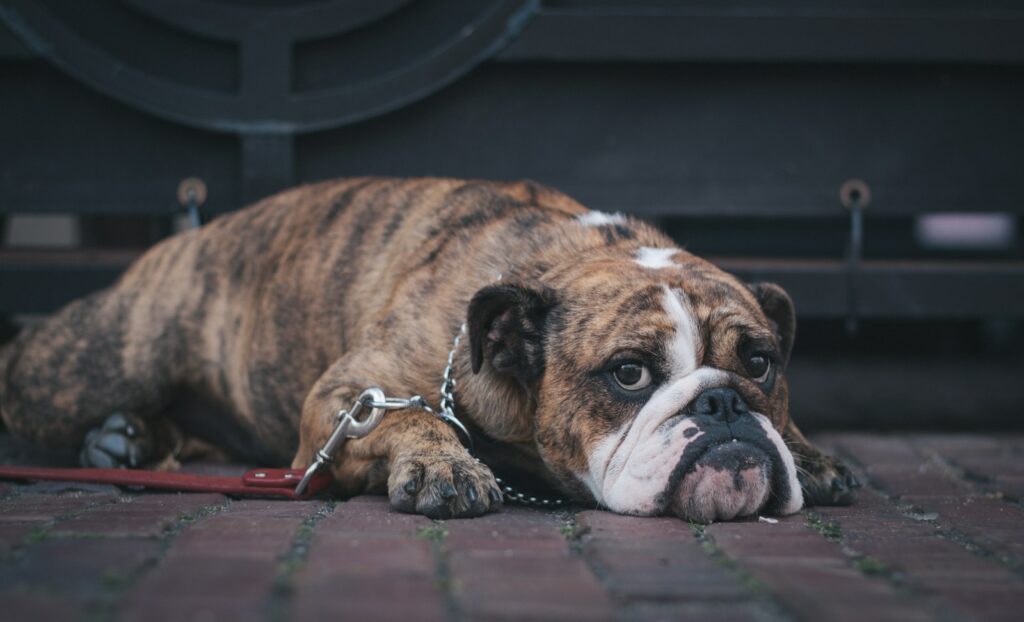
English and French Bulldogs are famous for their wrinkly skin, but these folds are also prone to trapping moisture, food particles, and dirt. Without regular cleaning, this leads to bacterial infections and a musty odor. Bulldogs also have naturally oily skin, which contributes to their scent. Regular grooming and paying special attention to cleaning their skin folds can help reduce their odor.
Pug
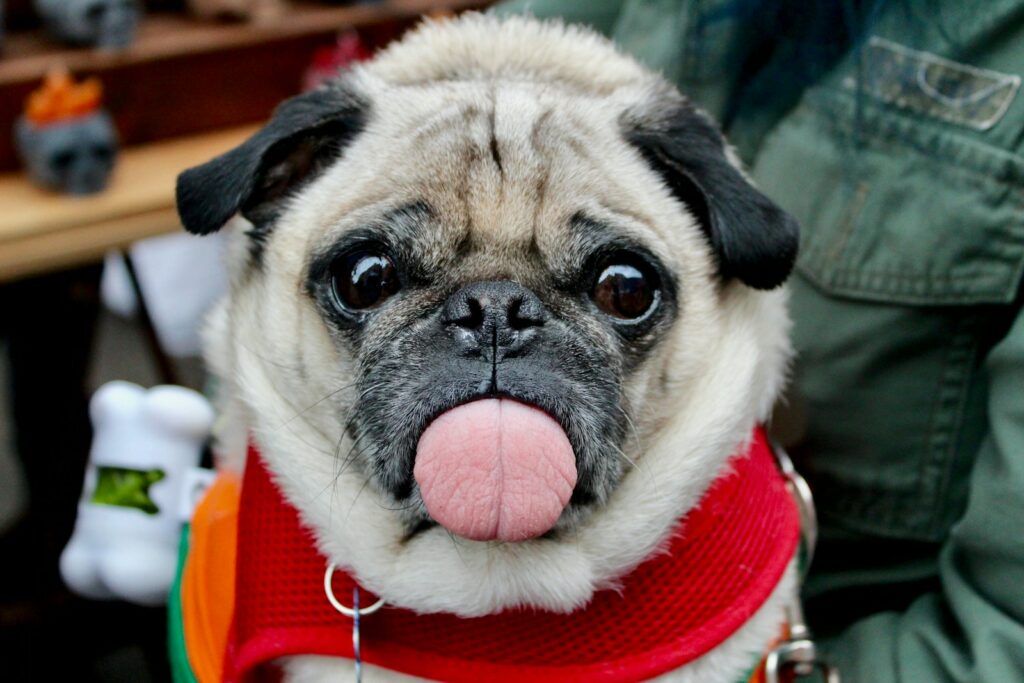
Pugs, with their wrinkled faces and stocky bodies, are also prone to skin issues, especially in their facial folds. These deep wrinkles trap food, moisture, and bacteria, leading to a distinctive smell. Pugs are also known for their tendency to have dental issues, which can add to their odor. Cleaning their folds and maintaining their dental hygiene is key to reducing the smelly tendencies of this affectionate breed.
Saint Bernard
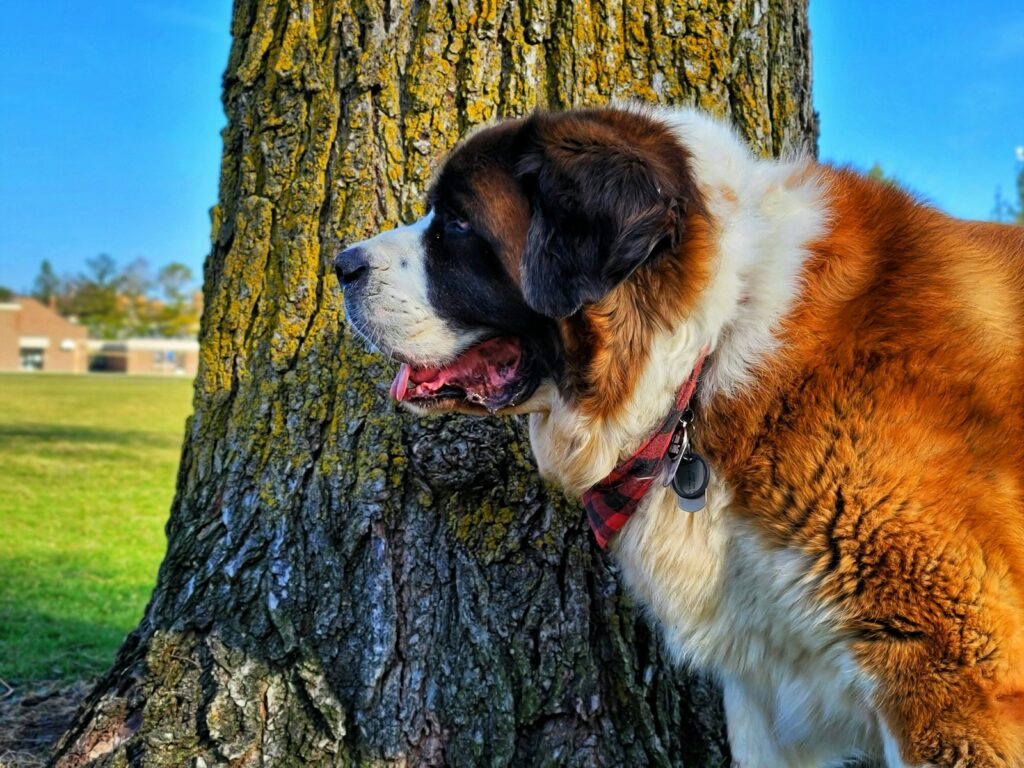
Saint Bernards are giant dogs with thick, water-resistant coats designed to handle cold, snowy conditions. Unfortunately, their large size and heavy coat also mean they trap a lot of moisture, dirt, and oils, which can lead to a strong odor. Saint Bernards are also known for drooling, which adds to their overall smelliness. Regular grooming and cleaning around their mouth and coat can help control their natural odor.
Shar Pei
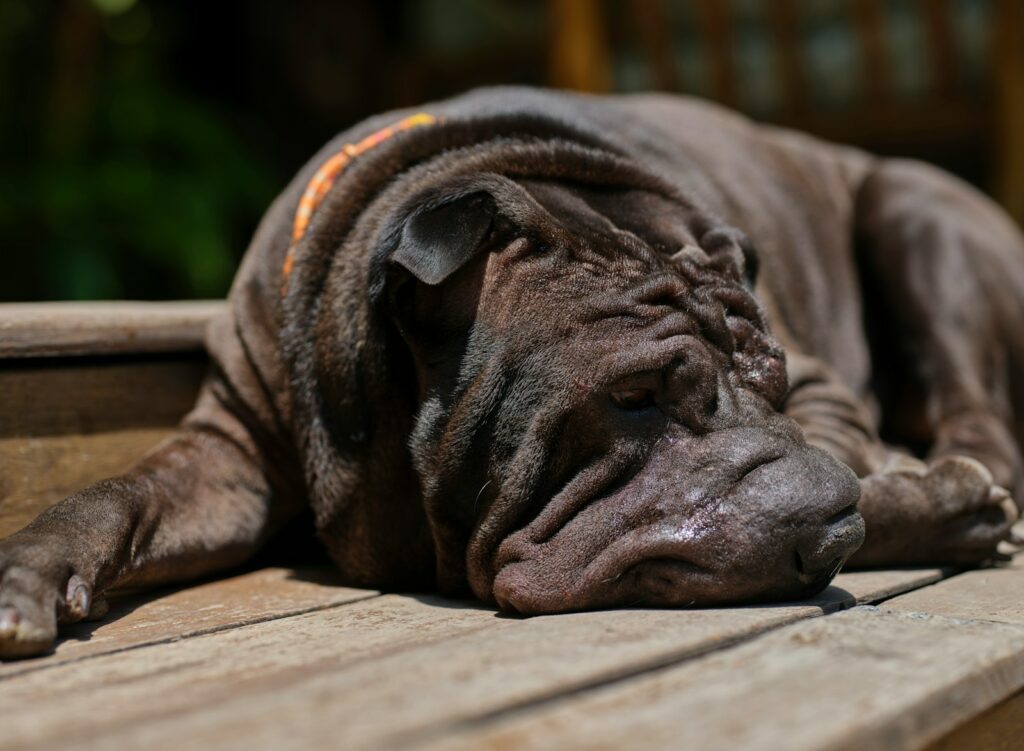
The Shar Pei’s famous wrinkles aren’t just adorable—they’re also a magnet for dirt and bacteria. These deep skin folds can trap moisture and food, leading to infections and a strong odor if not regularly cleaned. Shar Peis also have a thick, bristly coat that can trap oils, contributing to their unique scent. Regular care of their wrinkles and coats is essential for keeping a Shar Pei smelling fresh.
Bloodhound

Bloodhounds are bred for tracking, and their oily skin helps protect them while they work. However, this oil also contributes to their natural odor. Their long, droopy ears are prone to infections if not cleaned regularly, and their love for outdoor adventures means they’re often bringing in dirt and moisture. Despite their lovable personality, Bloodhounds are one of the stinkier dog breeds that need extra attention to hygiene.
Boxer
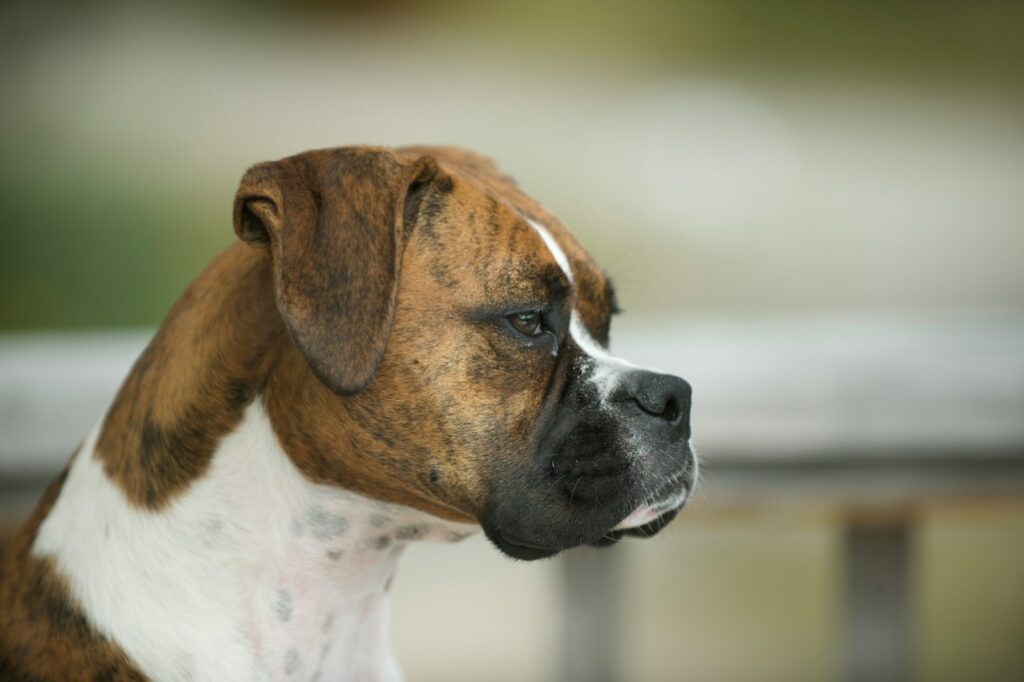
Boxers may have short coats, but their facial wrinkles are prone to trapping dirt and moisture, causing an unpleasant odor. They’re also notorious for flatulence, which can add another layer of smelliness to their homes. To keep a Boxer smelling fresh, regular grooming and cleaning of their facial folds are crucial. While their energy and charm are irresistible, their scent requires some extra maintenance.
Newfoundland
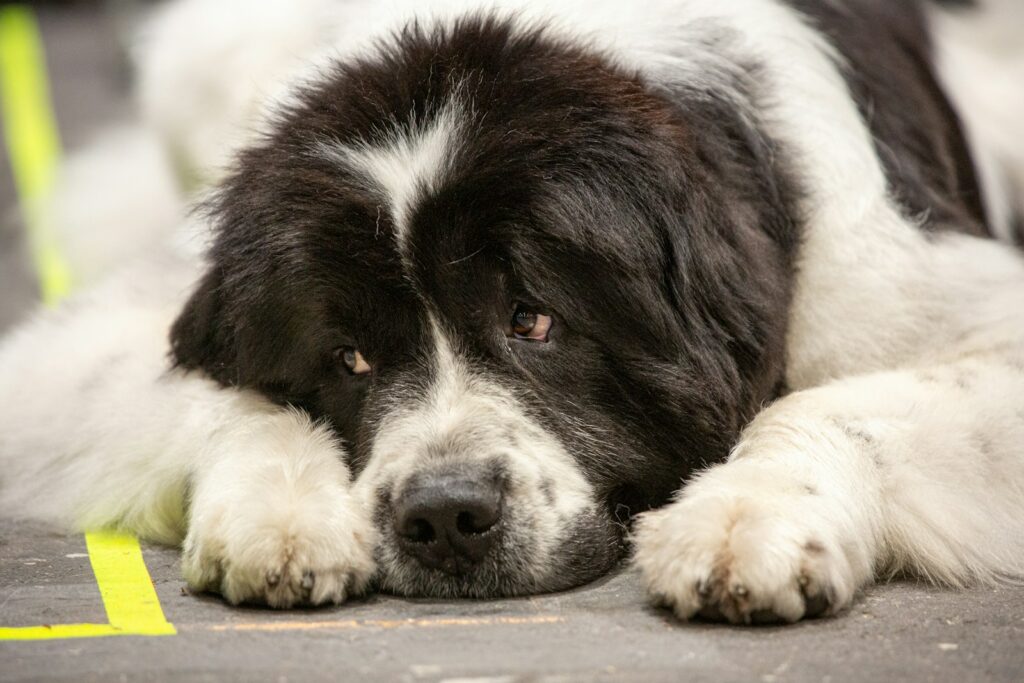
Newfoundlands are gentle giants with thick, water-resistant coats that are perfect for their love of swimming. Unfortunately, this same coat traps moisture and oils, leading to a strong smell if not groomed regularly. Newfoundlands are also prone to drooling, which can add to their odor. Regular brushing and cleaning, especially after swimming, help to keep them fresh.
Great Dane
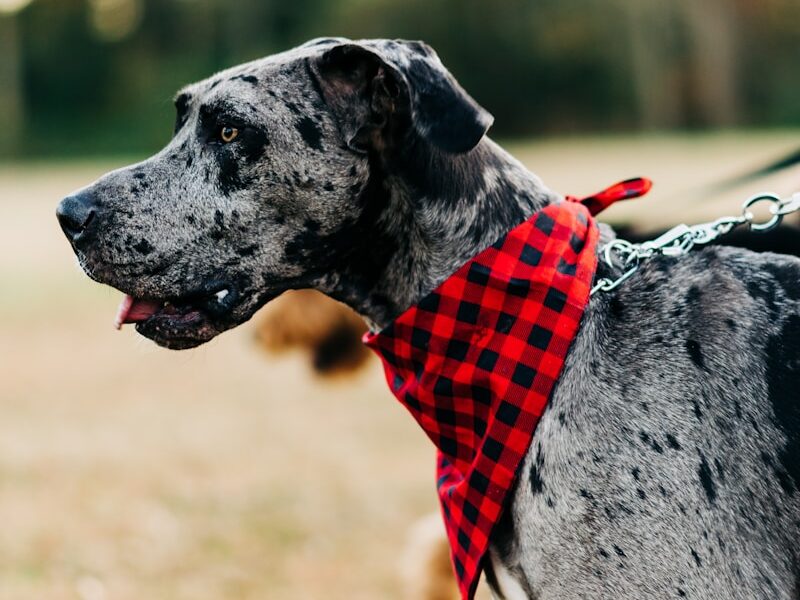
Despite their short coats, Great Danes are known for producing a lot of skin oils, which can lead to a strong odor. Their size means more skin to manage, and they’re prone to drooling, which adds to their scent. Frequent bathing and paying attention to their skin can help manage the odor, but Great Danes naturally carry a distinctive scent due to their size and skin type.
German Shepherd
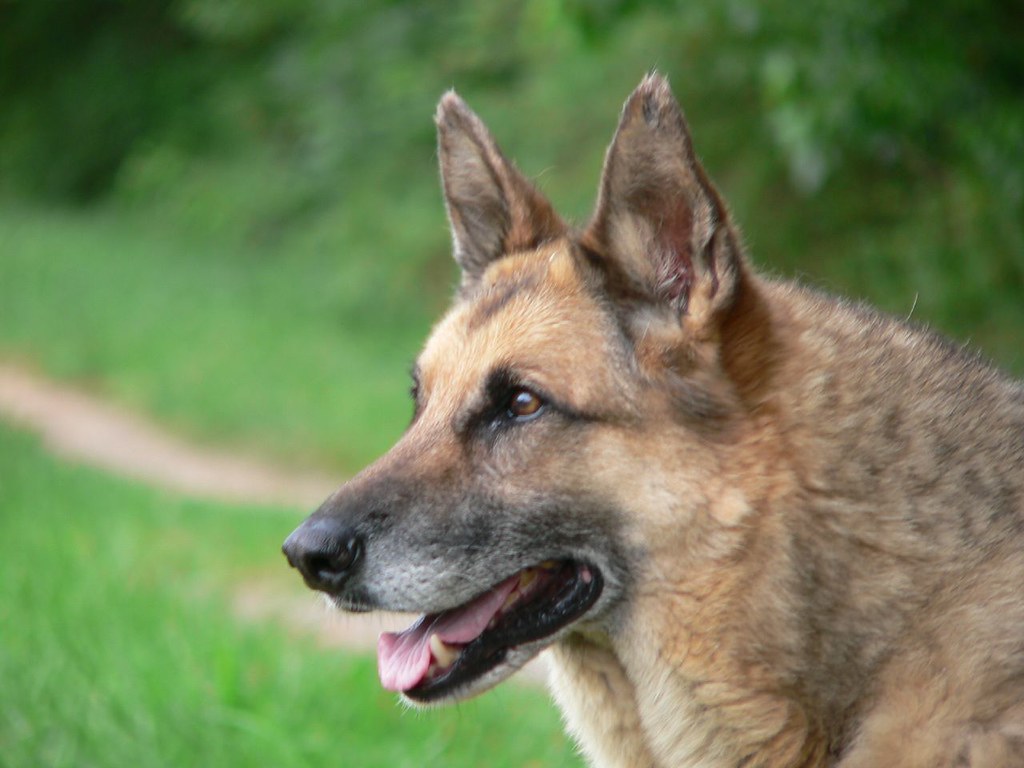
German Shepherds have a double coat that produces oils to keep them weather-resistant. However, this can also lead to a strong odor if they’re not bathed and brushed regularly. They’re prone to skin conditions like seborrhea, which increases oil production and adds to their smell. Regular grooming and attention to their skin can help keep a German Shepherd smelling cleaner.
Chesapeake Bay Retriever
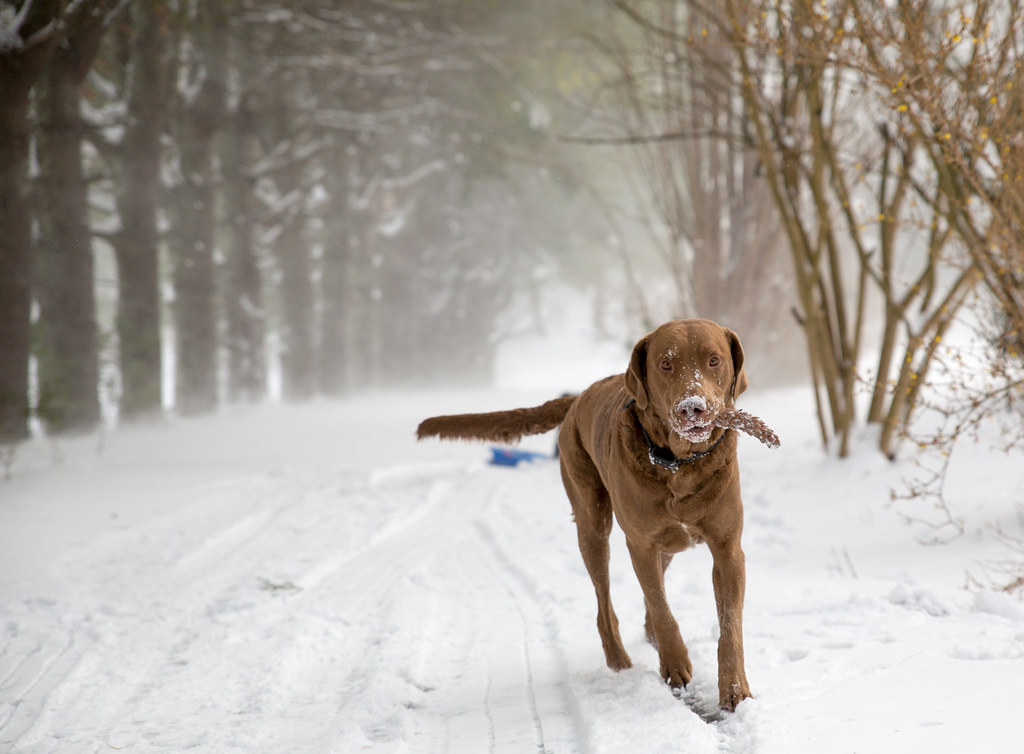
Chesapeake Bay Retrievers are known for their love of water, and their oily, water-resistant coats make them great swimmers. However, this same trait also makes them one of the smellier breeds. Their thick coat traps moisture, leading to a persistent wet dog smell if not dried properly. Regular grooming and ensuring they’re thoroughly dried after swimming are essential to controlling their scent.
Spinone Italiano
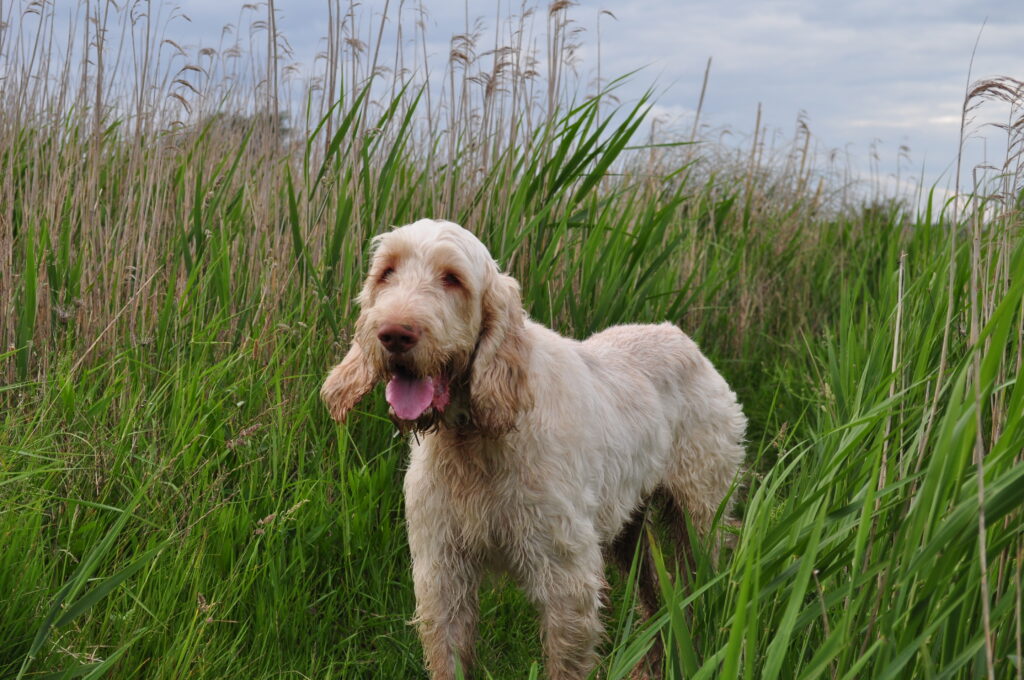
Spinone Italianos have coarse, wiry coats that are great for protecting them in the field, but they also trap dirt and oils. They’re also prone to drooling, which adds to their natural odor. Regular grooming, including brushing and cleaning their facial hair (which can trap food and moisture), will help keep a Spinone Italiano smelling fresh. Their active nature means they often need extra care to manage their scent.

